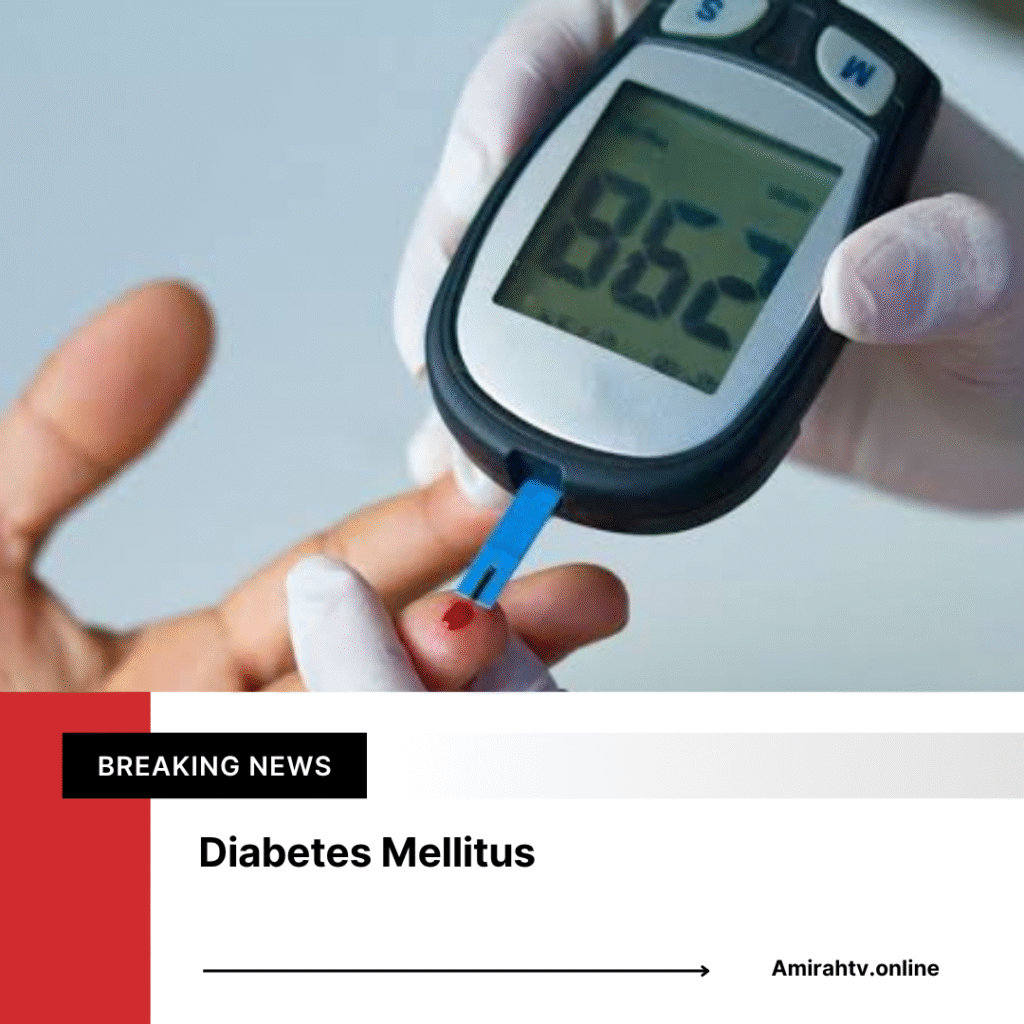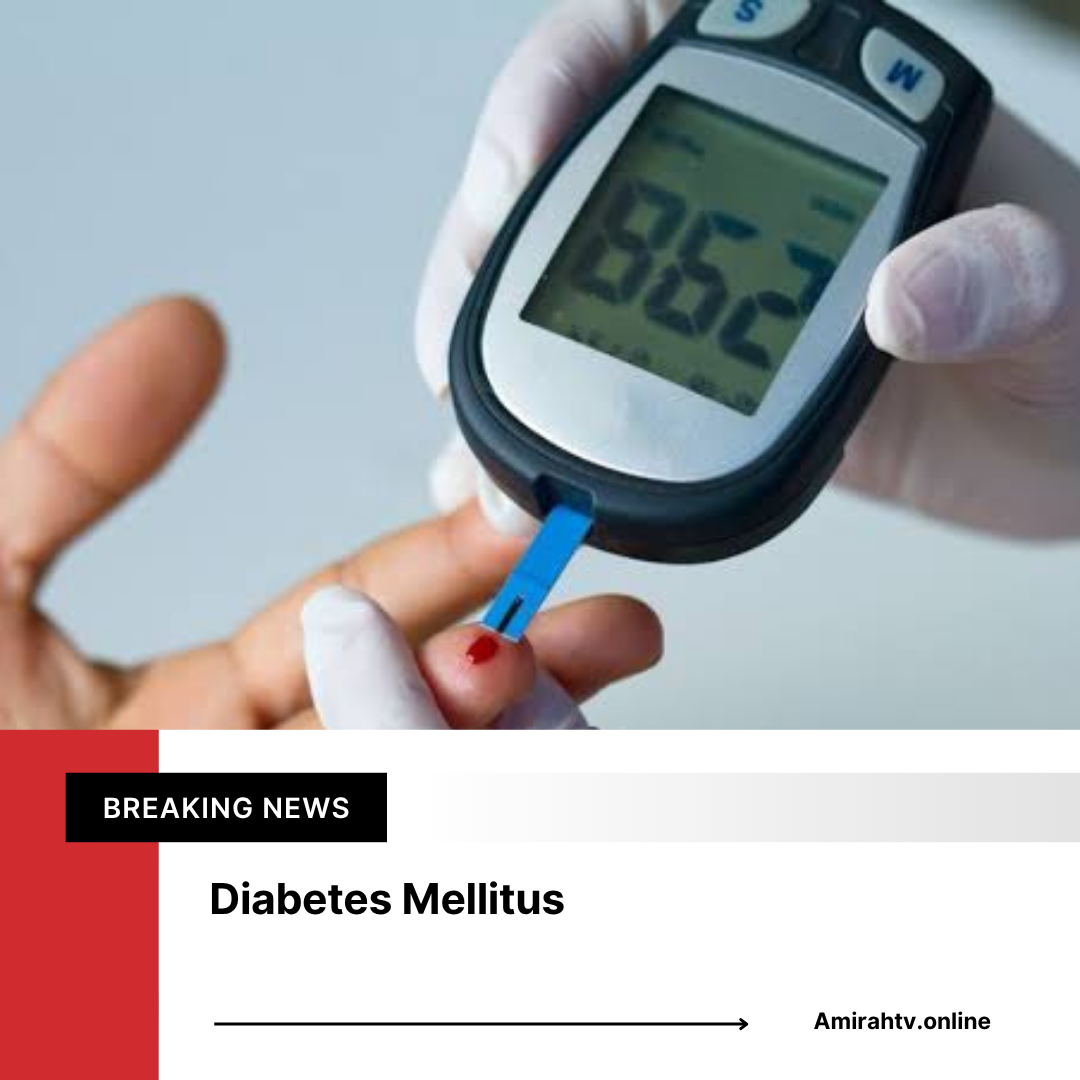
Diabetes mellitus, commonly known as diabetes, is a chronic metabolic disorder characterized by high blood sugar levels. This condition occurs when the body either cannot produce enough insulin or cannot effectively utilize the insulin it produces. Insulin, a hormone produced by the pancreas, plays a crucial role in regulating blood glucose levels by facilitating the uptake of glucose by cells for energy production.
Types of Diabetes
1. Type 1 Diabetes: This form of diabetes is an autoimmune disease where the body’s immune system attacks and destroys the insulin-producing beta cells in the pancreas. As a result, people with type 1 diabetes are unable to produce insulin and require lifelong insulin therapy.
2. Type 2 Diabetes: The most common form of diabetes, type 2 is characterized by insulin resistance, where the body’s cells become less responsive to insulin. Over time, the pancreas may also fail to produce enough insulin to meet the body’s needs. Type 2 diabetes is often associated with obesity, physical inactivity, and an unhealthy diet.
3. Gestational Diabetes: This type of diabetes develops during pregnancy, usually in the second or third trimester. It occurs when the body is unable to produce enough insulin to meet the increased demands of pregnancy. Gestational diabetes typically goes away after pregnancy, but women who have had gestational diabetes are at increased risk of developing type 2 diabetes later in life.
Causes and Risk Factors
While the exact causes of diabetes are not fully understood, several risk factors have been identified:
• Family history of diabetes
• Obesity and physical inactivity
• Unhealthy diet
• Age (risk increases after 45)
• History of gestational diabetes or delivering a baby over 4 kg
• Presence of other health conditions such as hypertension and dyslipidemia
Symptoms
Common symptoms of diabetes include:
• Increased thirst and urination
• Fatigue
• Blurred vision
• Slow healing of cuts and wounds
• Tingling or numbness in hands and feet
Diagnosis
Diabetes is diagnosed through blood tests that measure blood glucose levels, including:
• Fasting Plasma Glucose (FPG) test
• Oral Glucose Tolerance Test (OGTT)
• Hemoglobin A1c (HbA1c) test
Management and Treatment
While there is no cure for diabetes, it can be effectively managed through:
• Medications: Oral medications and insulin therapy can help control blood sugar levels.
• Lifestyle Changes: A healthy diet, regular physical activity, and weight management are crucial in managing diabetes.
• Monitoring: Regular monitoring of blood glucose levels helps in adjusting treatment plans.
Complications
If not properly managed, diabetes can lead to serious complications, including:
• Heart disease and stroke
• Kidney damage (nephropathy)
• Nerve damage (neuropathy)
• Eye damage (retinopathy)
• Foot damage
Prevention
While type 1 diabetes cannot be prevented, type 2 diabetes can often be prevented or delayed through lifestyle changes such as maintaining a healthy weight, eating a balanced diet, and engaging in regular physical activity.




